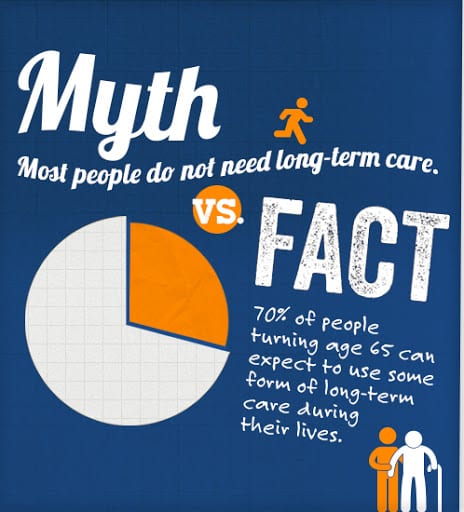Top 5 Reasons to Roll Over Your 401(k) to an IRA
The benefits of rolling over your 401(k) when you leave a job
Whenever you change jobs, you have several options with your 401(k) plan account. You can cash it out, leave it where it is, transfer it into your new employer’s 401(k) plan (if one exists), or roll it over into an individual retirement account (IRA).
Forget about cashing it out—taxes and other penalties are likely to be huge. For most people, rolling over a 401(k)—or the 403(b) cousin, for those in the public or nonprofit sector—into an IRA is the best choice. Below are five reasons way. Keep in mind these reasons assume that you are not on the verge of retirement or at an age when you must start taking required minimum distributions (RMDs) from a plan.

1. More Investment Choices
Your 401(k) is limited to a few planets in the investment universe. In all likelihood, you have the choice of a few mutual funds—mostly equity funds and a bond fund or two—and that’s it. However, with an IRA, we would help you to pick our funds that are directly in line with your future financial goals. Contact us here for more information on IRA’s
2. Direct Communication
If you leave your account with your old employer, you might be treated as a second-class citizen, though not deliberately. It just might be harder to get communications regarding the plans (often news is distributed through company email) or get in touch with an advisor or administrator. At Riverfront Financial, we stay in constant contact with our clients to make sure you are always up to date with what is happening with your investments.
3. Lower Fees and Costs
You’d have to crunch the numbers on this one, but rolling over into an IRA could save you a lot in management fees, administrative fees, and fund expense ratios—all those little costs that can eat into investment returns over time. The funds offered by the 401(k) plan may be more expensive than the norm for their asset class. And then there is the overall annual fee that the plan administrator charges.
At Riverfront Financial we never charge you a hourly rate or asset fee to meet with us. We work directly with American Funds to set up your Individual IRA and Roth IRA savings accounts. Financial advisors can be paid many different ways. We take our fiduciary responsibility very seriously. We make sure to go over all of your investment choices in detail, and explain exactly how your new account will work to sure that all of the investments are in your absolute best interest.
4. The Option to Roll into a Roth IRA
An IRA rollover opens up the possibility of a Roth account. (In fact, if yours is one of the increasingly common Roth 401(k)s, a Roth IRA is the preferred rollover option). With Roth IRAs, you pay taxes on the funds you contribute when you contribute them, but then there is no tax due when you withdraw them (the opposite of a traditional IRA). Nor do you have to take RMDs at age 72—or indeed, ever—from a Roth IRA.
If you believe you will be in a higher tax bracket or tax rates will be generally higher when you start needing your IRA money, a Roth might be in your best interest. If you’re under the age of 59½, it’s also a lot easier to withdraw funds from a Roth IRA than from a traditional one. There are no early-withdrawal penalties for contributions, in most cases, though there are for any earnings.
Your 401(k) plan administrator may only permit rollovers to a traditional IRA. If so, you’ll have to do that and then convert it to a Roth. We can help you every step of the way in the process to roll over your 401(k). Contact us here for more information.
5. Estate Planning Advantages
Upon your death, there’s a good chance that your 401(k) will be paid in one lump sum to your beneficiary, which could cause income and inheritance tax headaches. It varies depending on the particular plan, but most companies prefer to distribute the cash fast, so they don’t have to maintain the account of an employee who is no longer there. Inheriting IRAs has its regulations too, but IRAs offer more payout options. Again, it comes down to control. When you own your account directly, you have the control. We are there every step of the way to make sure your beneficiaries are up to date, and help to make sure you and your family have the most tax advantaged options for payouts.
The 2020 contribution limit for those participating in a 401(k) or 403(b) plan is $19,500, up from $19,000 in 2019, according to the most-recent IRS guidelines, while the catch-up limit for those 50 and over rises to $6,500 in 2020 from $6,000 in 2019. The 2020 limit for IRAs is $6,000, unchanged from 2019, while the catch-up limit is an extra $1,000.
The Bottom Line
For most people switching jobs, there are many advantages to rolling over a 401(k) into an IRA.
You could also have the best of both worlds. You don’t have to roll all of your money into an IRA. Some of your balance can remain in your former company’s 401(k) if you’re happy with the returns you’re receiving. You can then set up a new IRA or roll over the remainder into an existing account or a new rollover IRA. After you’ve done your rollover, you can contribute to both your new company’s 401(k) and an IRA (traditional or Roth) as long as you don’t go over your annual contribution limit.
However, depending on your income level, your ability to deduct your contribution to a traditional IRA may be limited.
By working with us, we help to make sure you have all the information you need to make the right decisions about your retirement accounts. We never charge a fee to meet with us, contact us today to get started!
Citation: investopedia.com
Traci L. Kovacic is a registered representative of and offers securities through The O.N. Equity Sales Company, Member FINRA/SIPC, One Financial Way; Cincinnati, OH 45242; (513)794-6794
Riverfront Financial and The O.N. Equity Sales Company are unaffiliated companies

















